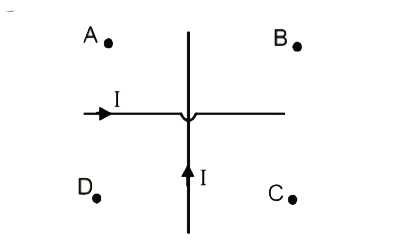The hilum and micropyle lie side by side very close to each other in
Anatropous ovules
Campylotropous ovules
Amphitropous ovule
Circinotropous ovules
The correct Answer is:A
Step by step video, text & image solution for The hilum and micropyle lie side by side very close to each other in by Biology experts to help you in doubts & scoring excellent marks in Class 12 exams.
Topper's Solved these Questions
- BOOK - GRB PUBLICATIONCHAPTER - SEXUAL REPRODUCTION IN FLOWERING PLANTSEXERCISE - Apomixis, Parthenogenesis, Polyembryony9videos
SEXUAL REPRODUCTION IN FLOWERING PLANTS
- BOOK - GRB PUBLICATIONCHAPTER - SEXUAL REPRODUCTION IN FLOWERING PLANTSEXERCISE - Tissue culture, organ culture vegative propogation17videos
SEXUAL REPRODUCTION IN FLOWERING PLANTS
- BOOK - GRB PUBLICATIONCHAPTER - SEXUAL REPRODUCTION IN FLOWERING PLANTSEXERCISE - Endosperms19videos
SEXUAL REPRODUCTION IN FLOWERING PLANTS
- BOOK - GRB PUBLICATIONCHAPTER - REPRODUCTIVE HEALTHEXERCISE - Assertion -Reason Type Questions36videos
REPRODUCTIVE HEALTH
- BOOK - GRB PUBLICATIONCHAPTER - THE GENETIC MATERIALEXERCISE - DNA REPLICATION136videos
THE GENETIC MATERIAL
Similar Questions
Knowledge Check
- Question 1 - Select One
Which one of the following represents an ovule, where the embryo sac becomes horse- shoe shaped and the funiculus and micropyle are close to each other -
AAmphitropousBAnatropousCCircinotropousDAtropous - Question 2 - Select One
Which one of the following represents an ovule, where the embryo sac becomes horse shoe-shaped and the funiculus and micropyle are close to each other?
AAmphitropousBCircinotropousCAtropousDAnatropous - Question 3 - Select One
Two identicaly induction coils each of inductance L joined in series are placed very close to each other such that the winding direction of one is exactly opposite to that of the other, what is the net inductance?
AL2B2LCL/2DZero
What type of interference pattern will be observed if two coheret sources are placed very close to each other?
View SolutionWhen hilum, chalaza and micropyle lie in one straight line then ovule is called
View SolutionWhen two genes are situated very closed to each other in a chromosome
View SolutionMature ovules are classified on the basic of funiculus. If micropyle comes to lie close to the funiculus the ovule is termed as
View SolutionTwo identical coils A and B are kept on a horizontal tube side by side without touching each other. If the current in the coil A increases with time, in response, the coil B
View Solution

